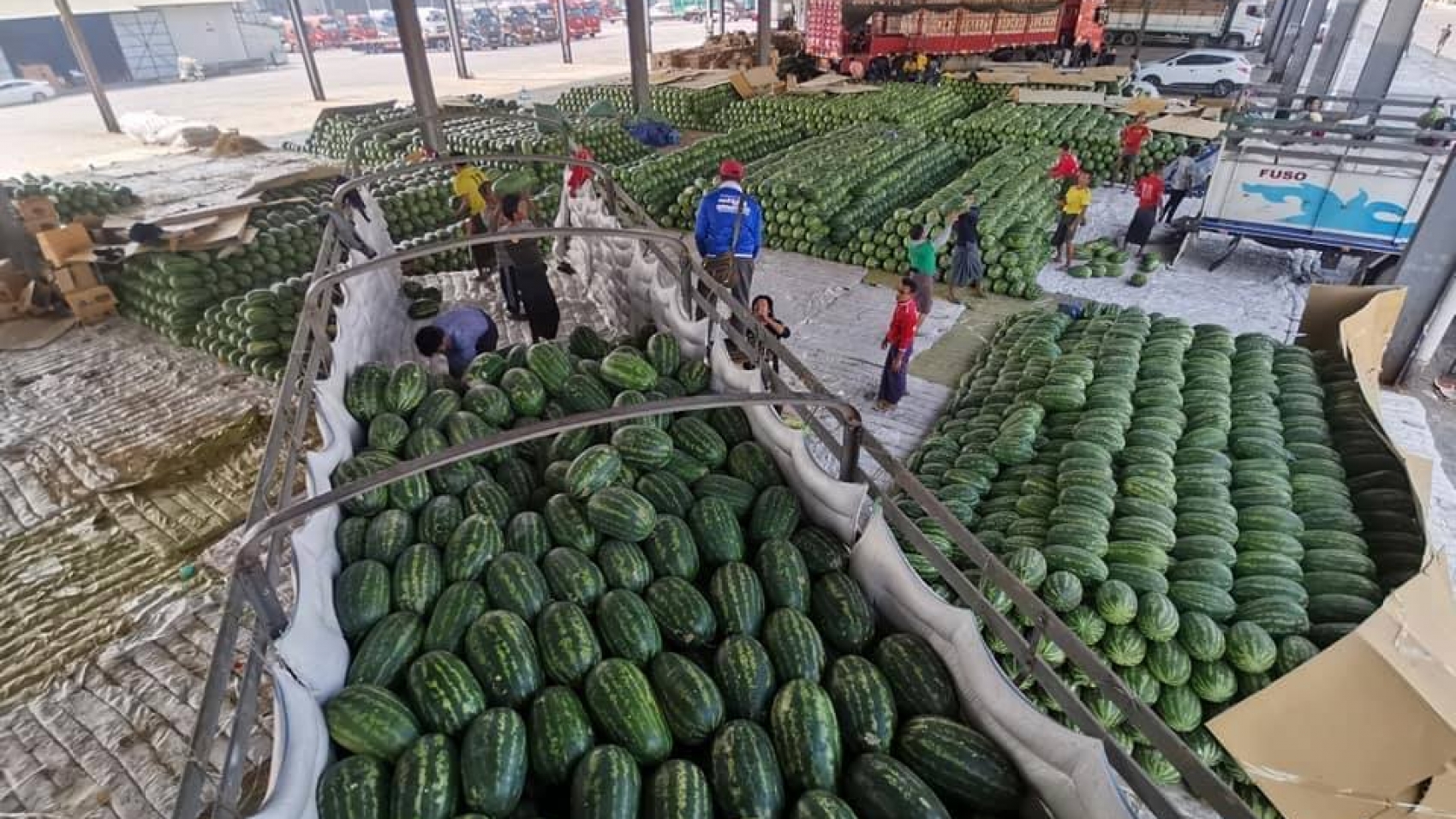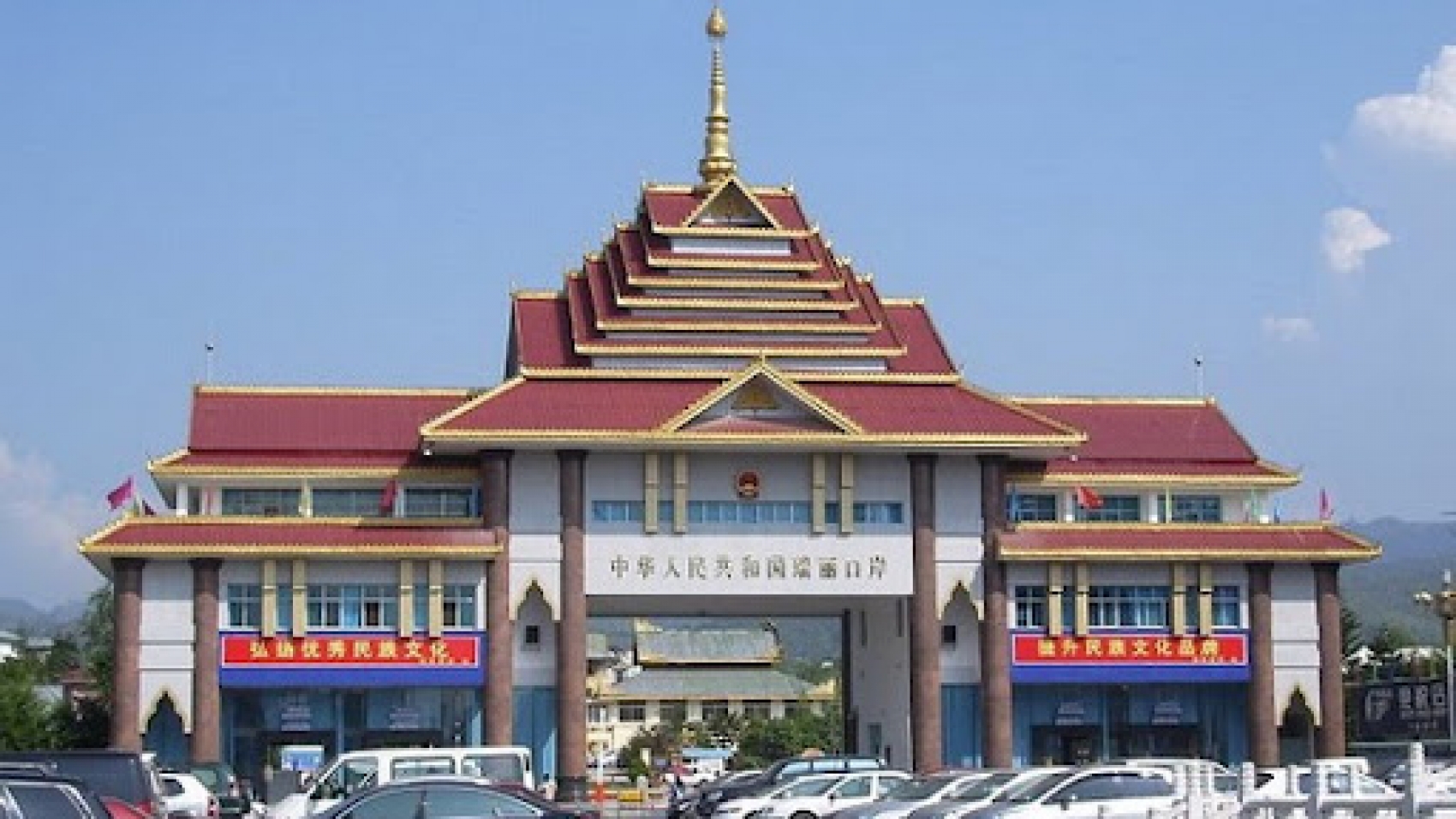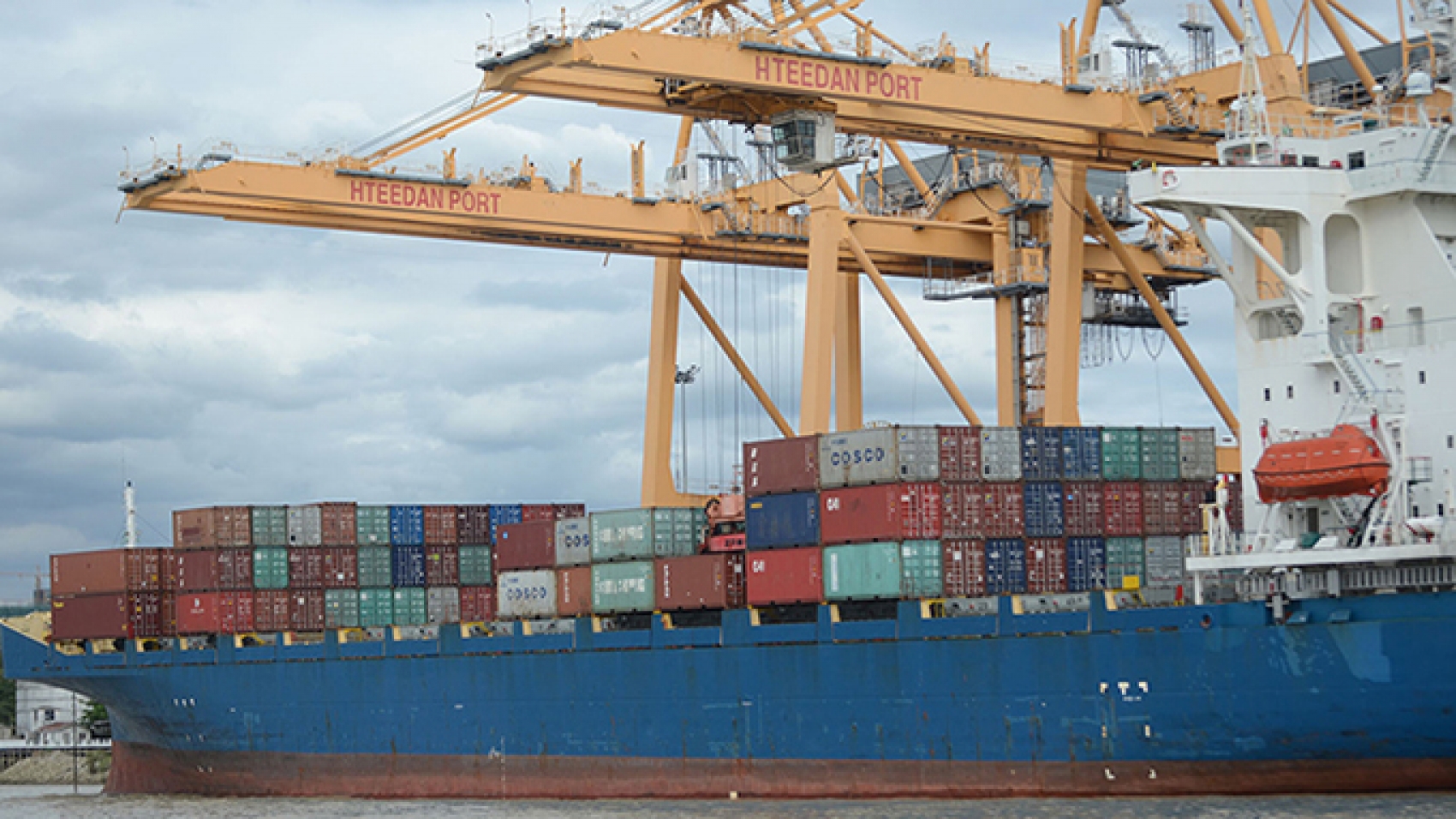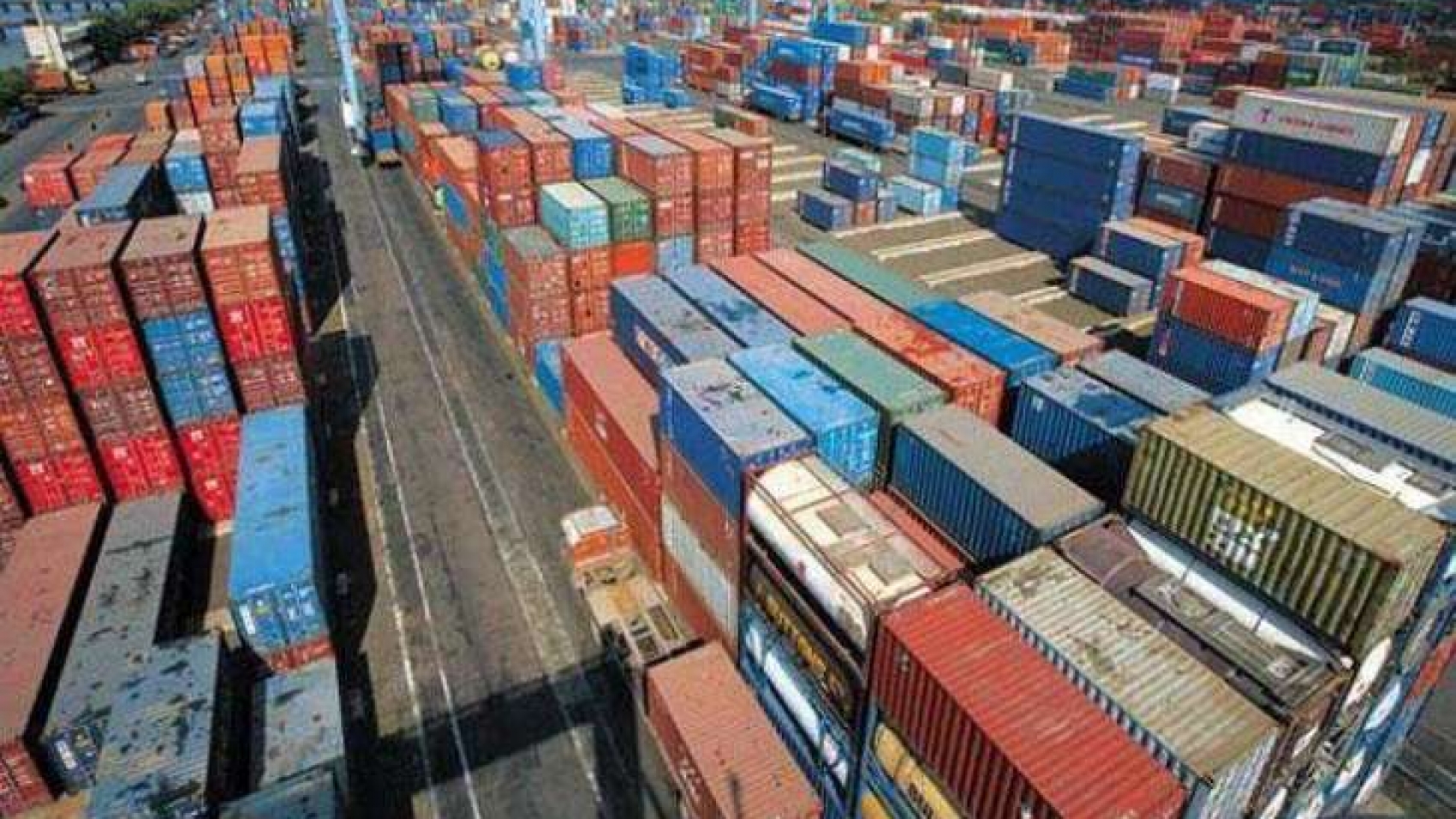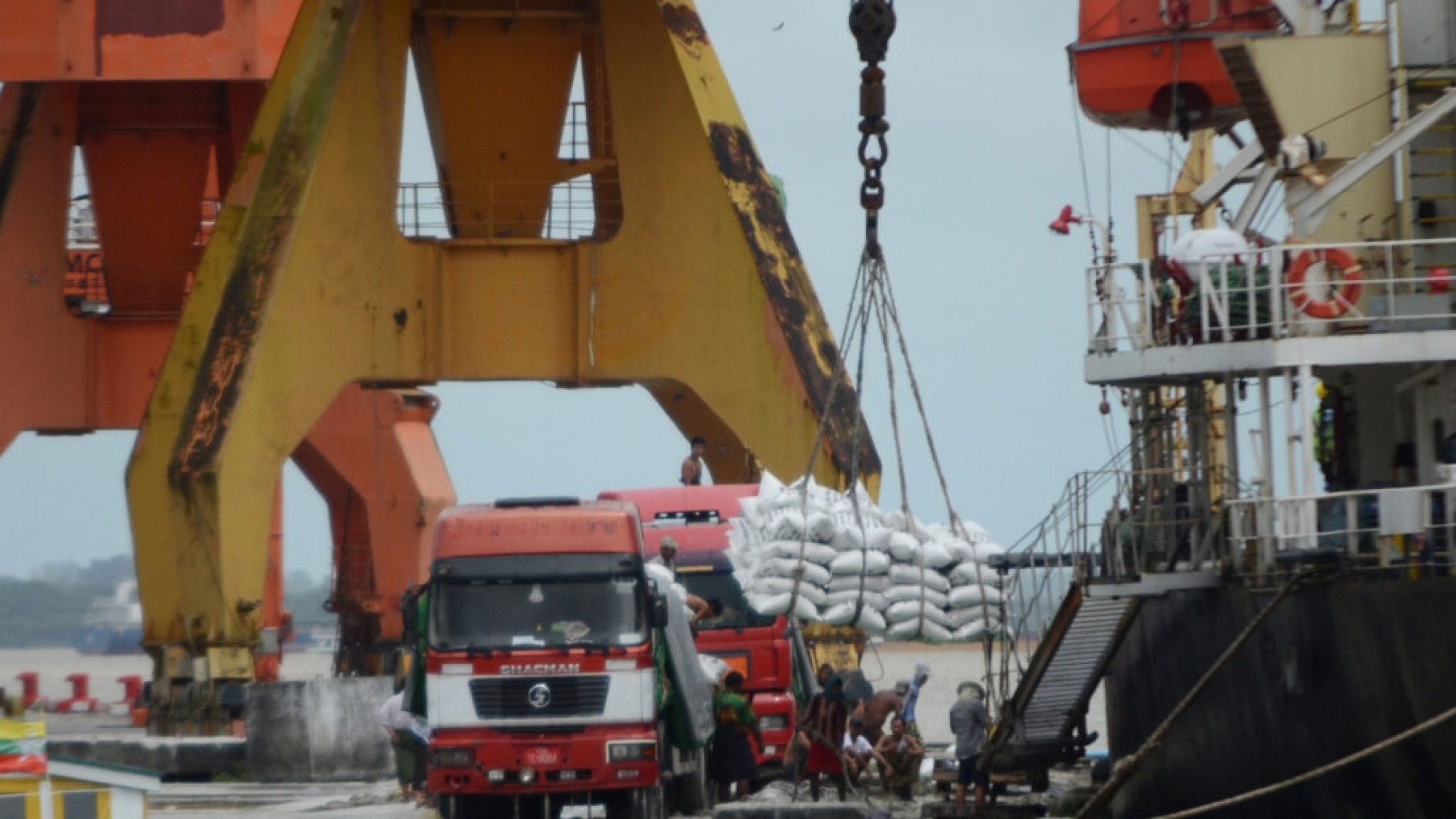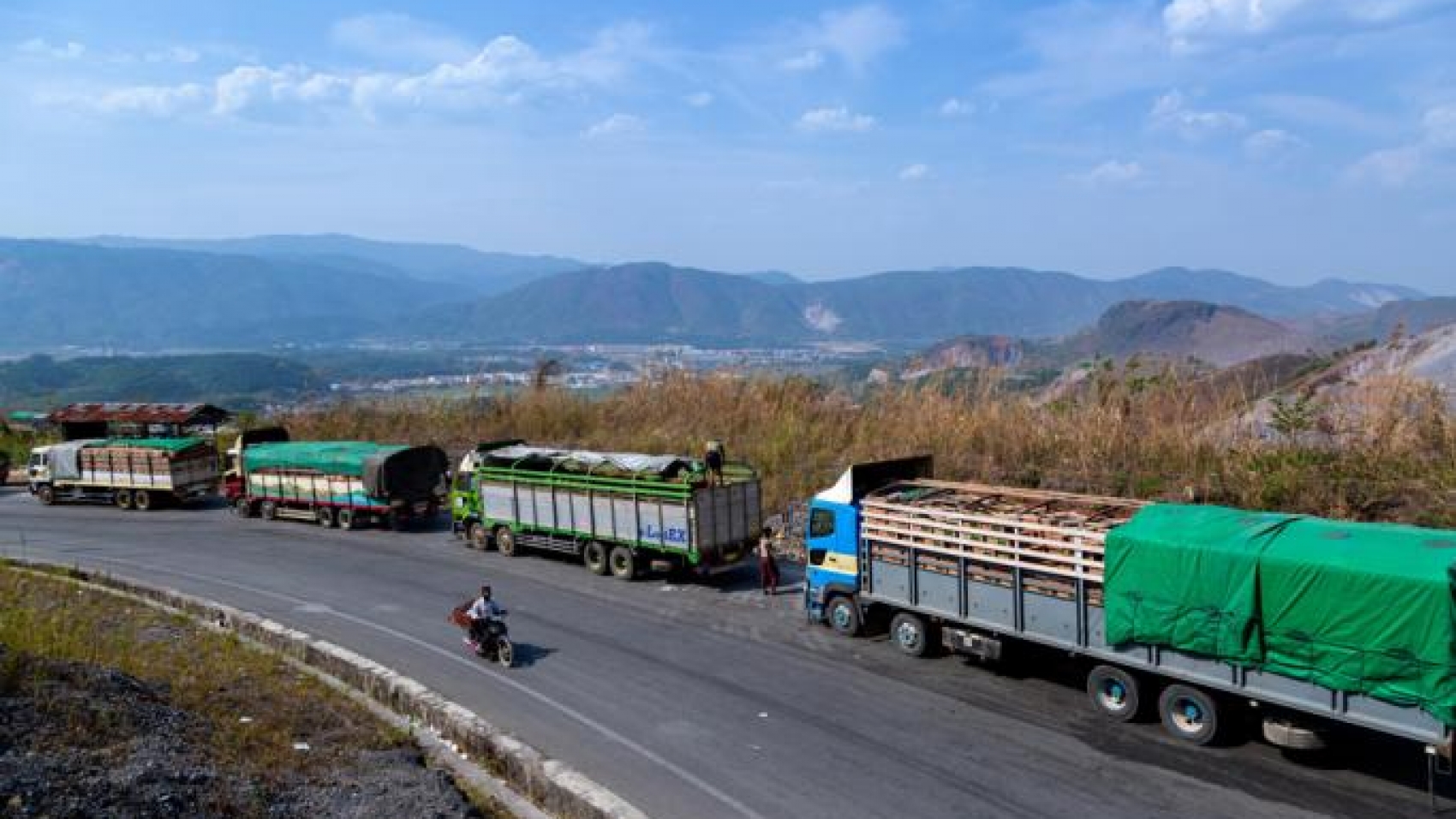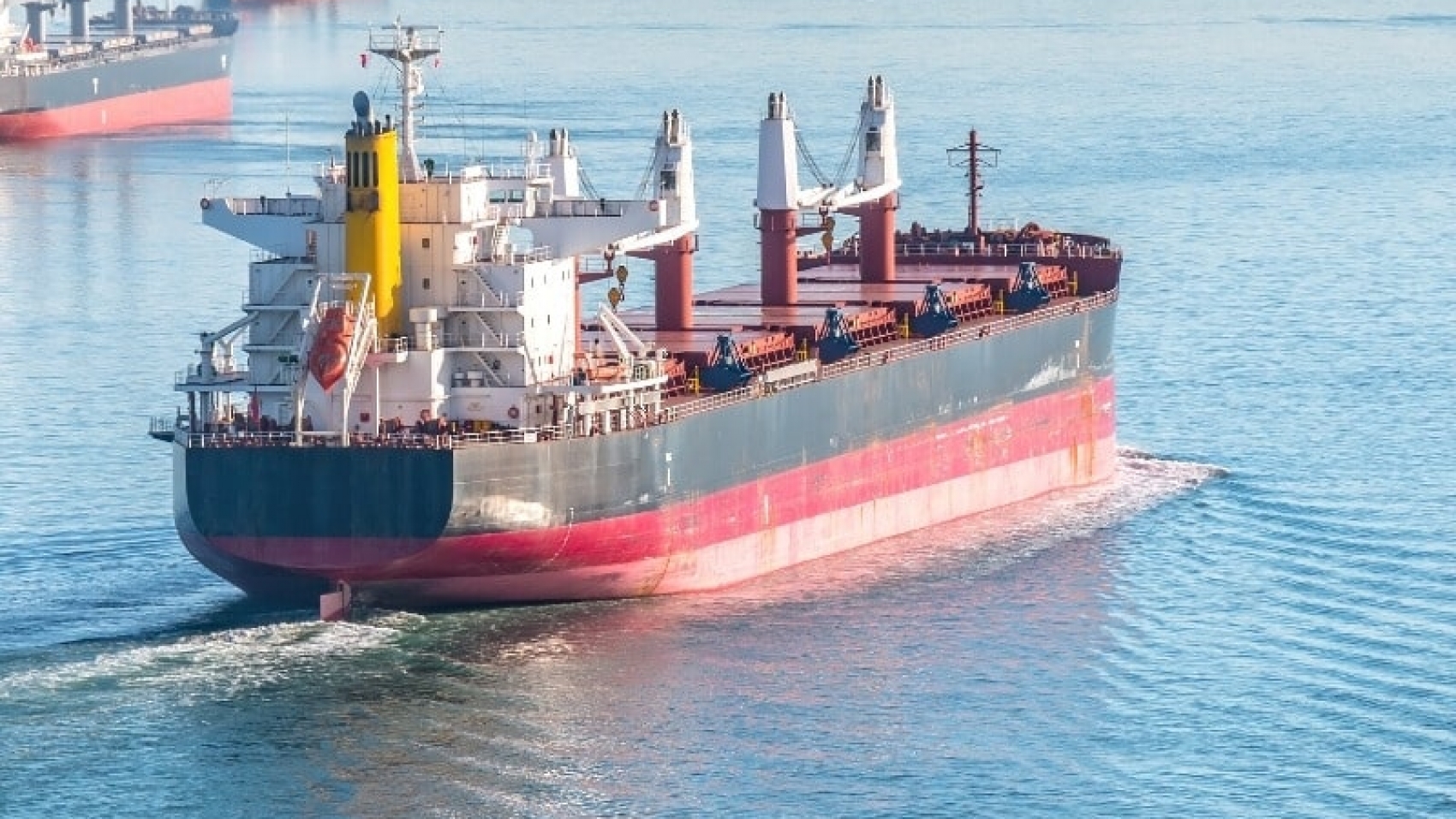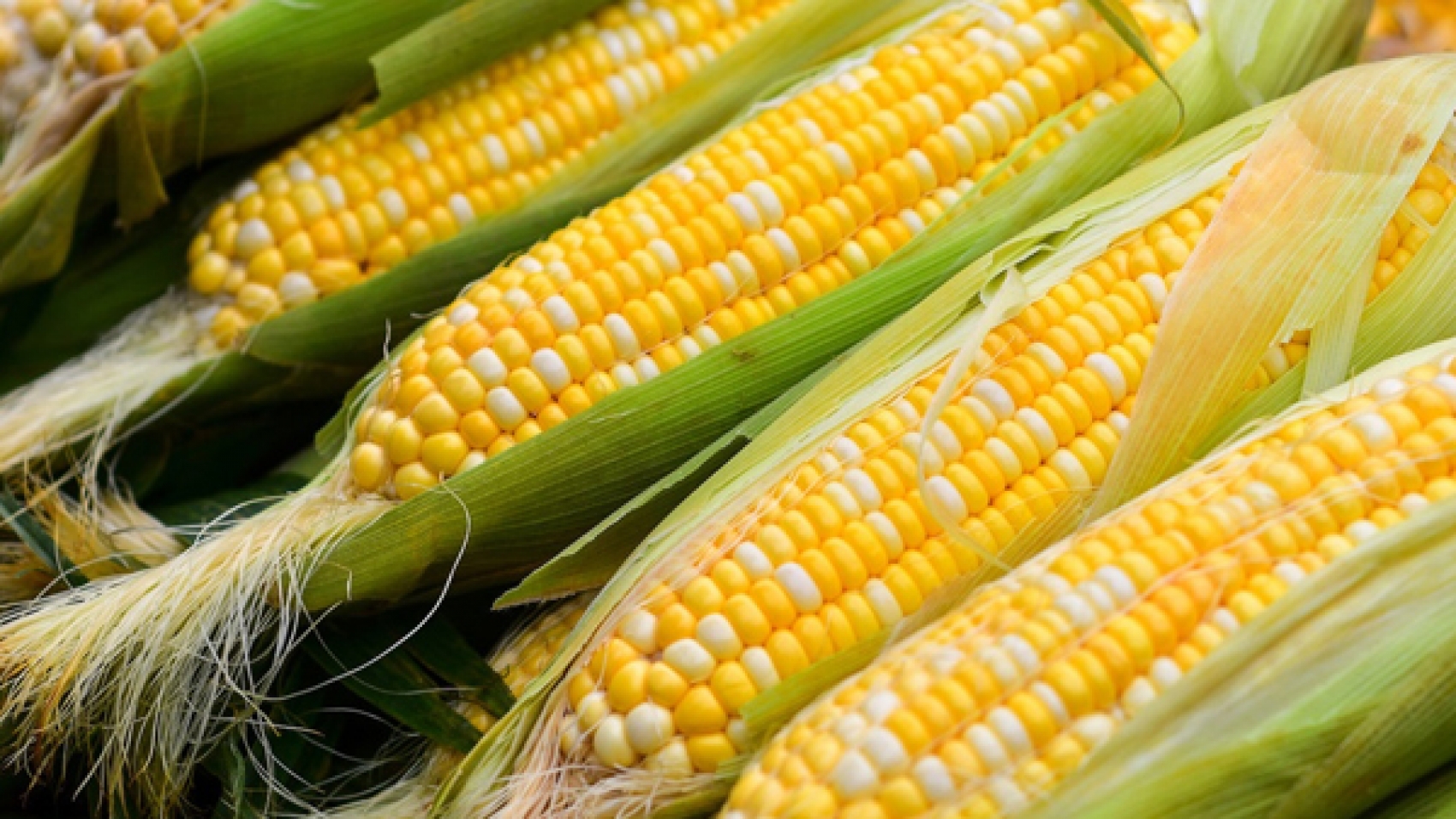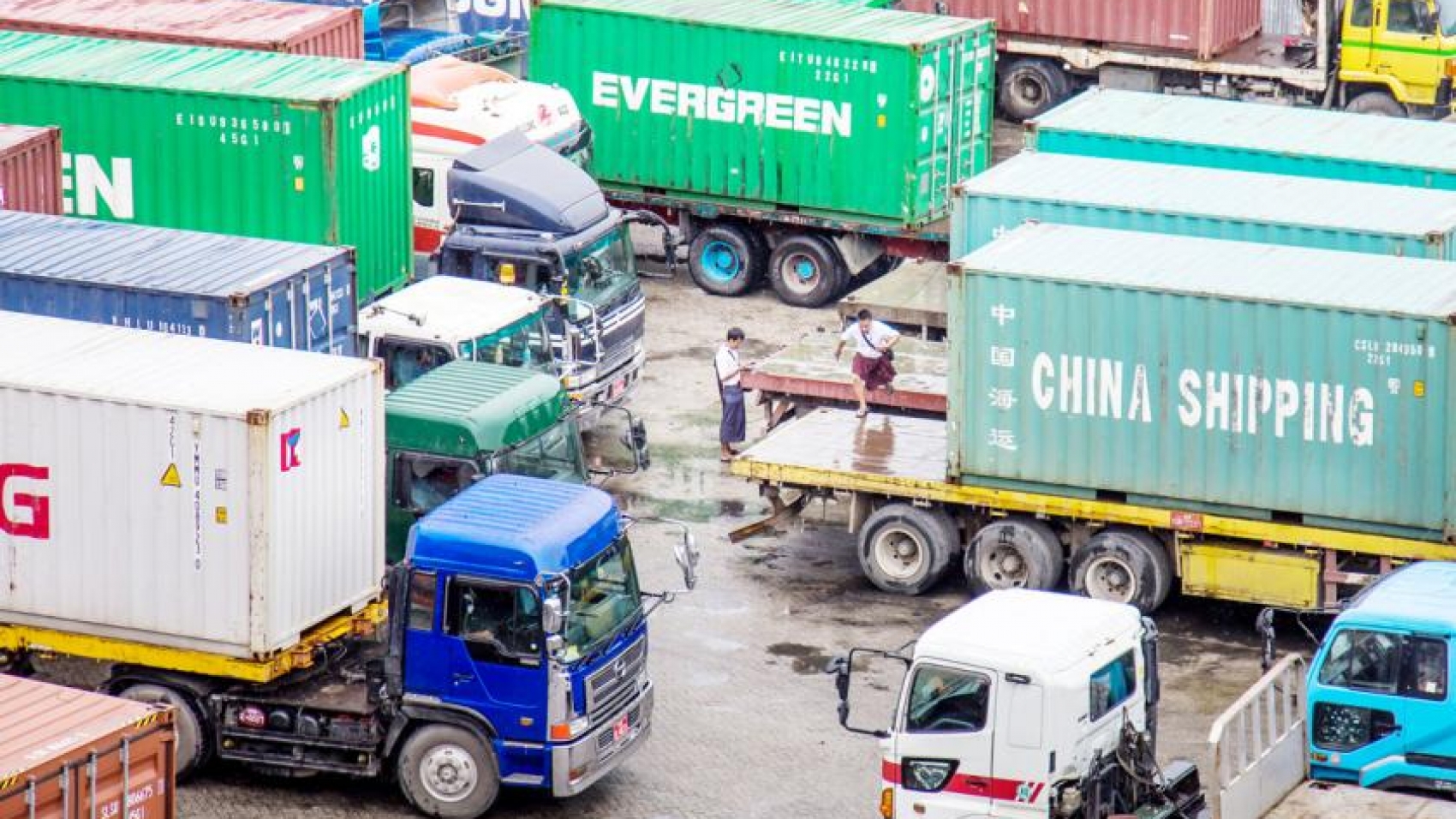Myanmar conveys about 100 truckloads of watermelon to China every day, said U Min Thein, vice-chairman of the Muse Rice Commodity Depot. At present, Myanmar daily sends 140 truckloads of goods to China through the Kyinsankyawt checkpoint, including 100 trucks carrying the watermelon and 40 trucks loaded rice, broken rice, pulses, rubber, dried plum and other food commodities. The watermelon traders daily send them as they can afford to pay about 30,000 Yuan for freight transport, U Min Thein explained.
They can spend the high transport cost as watermelon is perishable, he was quoted as saying. Nonetheless, other traders cannot bear the high transport cost anyhow. Consequently, the number of truckers dropped. In a bid to contain the spread of coronavirus on the border, China banned border crossing. Only Myanmar goods can be exported to China through the Kyinsankyawt border using a Chinese short-haul trucking service. The pricing of short-haul trucking service has exorbitantly soared owing to the shortage of Chinese truckers, U Min Thein pointed out.
The cost of Chinese short-haul trucking tremendously rose to K10 million per truck, whereas the trucking was earlier worth only K700,000-K800,000 when Myanmar truckers were allowed to enter China, he elaborated. Therefore, the volume of rice and broken rice export plunges from 60,000 bags to 10,000 per day. China shut down all checkpoints linking to the Muse border amidst the COVID-19 pandemic. Of all checkpoints, Kyinsankyawt has resumed trading activity from 26 November on a trial run. Myanmar daily delivers rubber, various beans and pulses, dried plum, watermelon, muskmelon and other food commodities to China through Kyinsankyawt.
Source: The Global New Light of Myanmar

